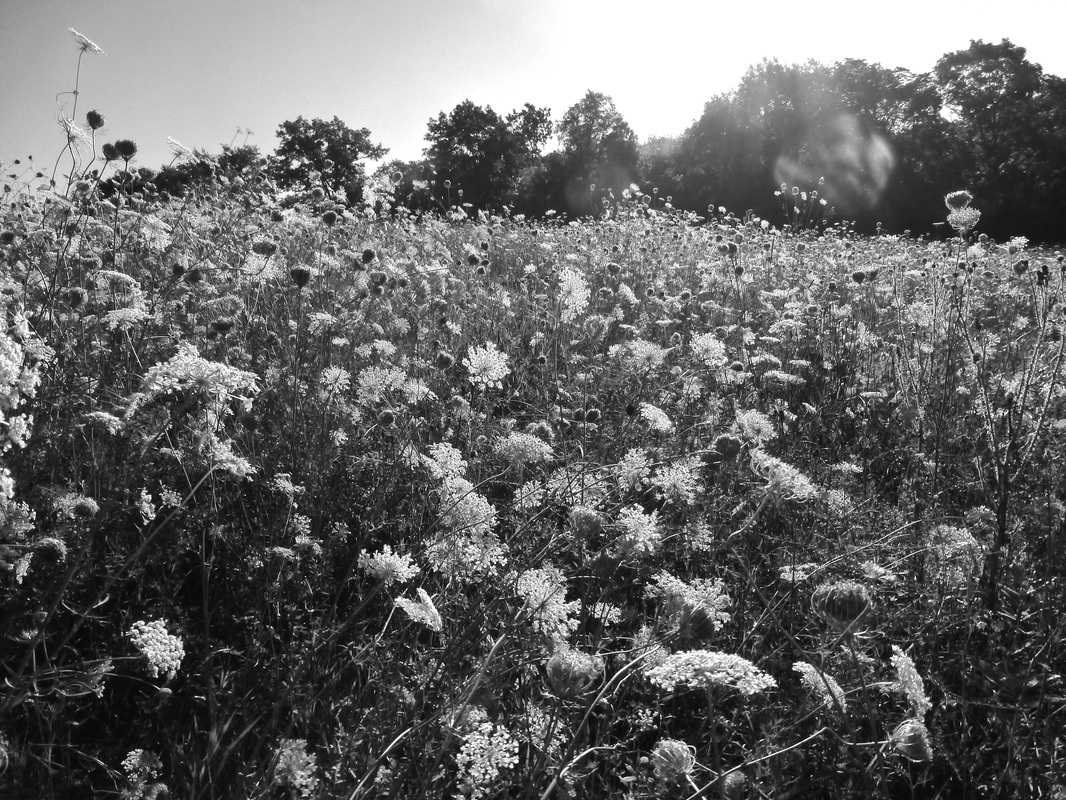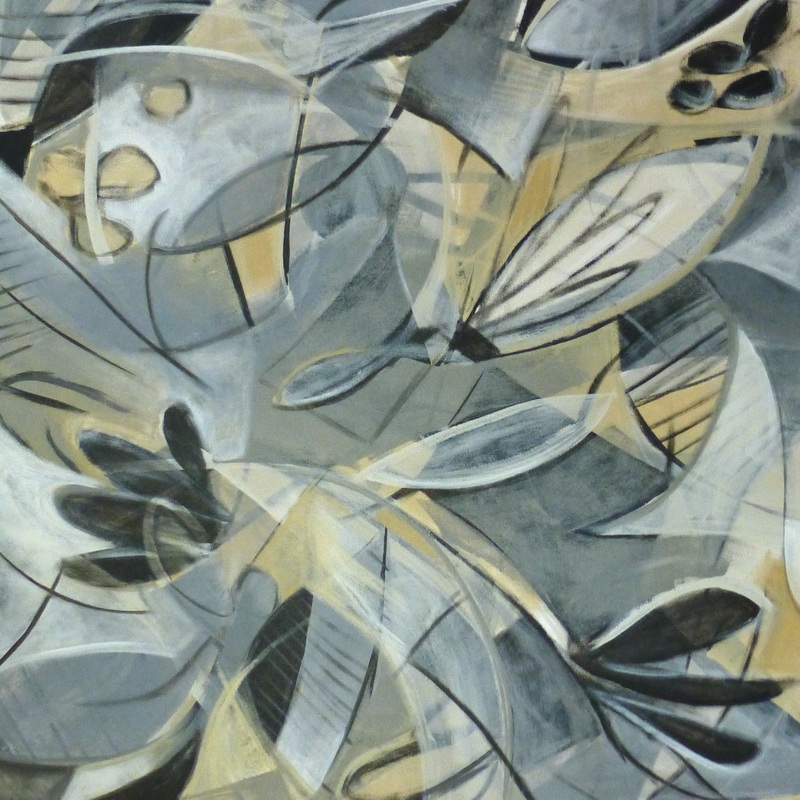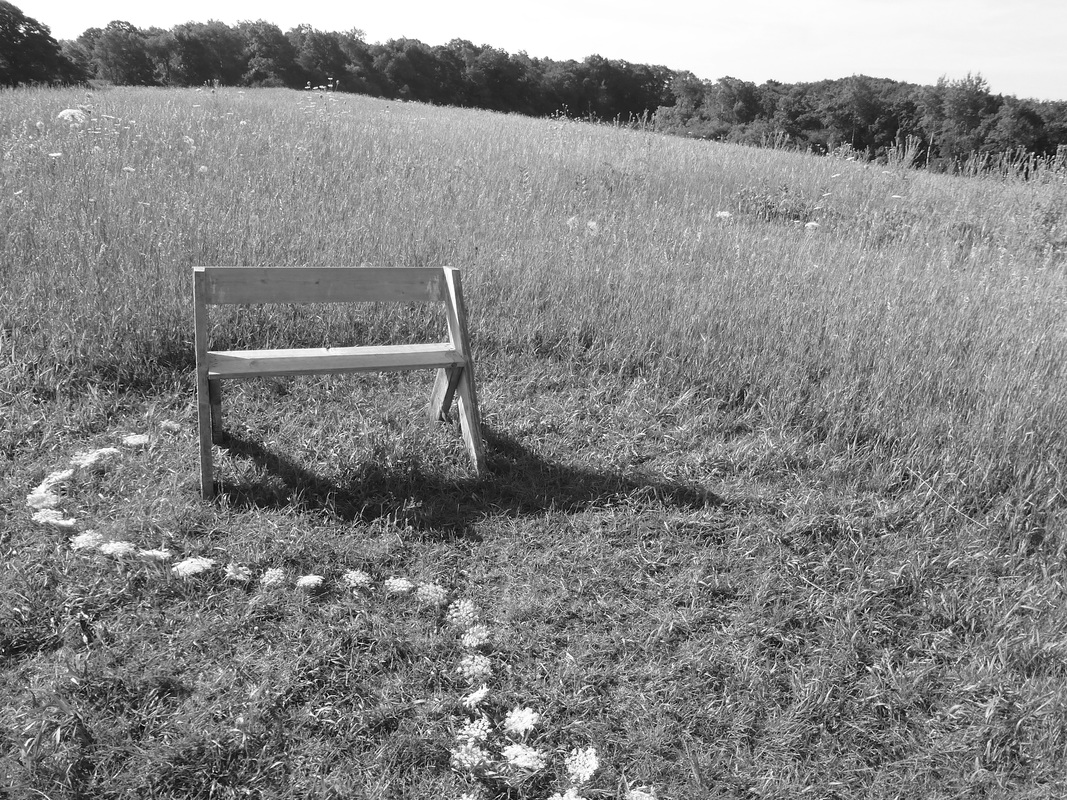|
Queen Anne's Lace is so common a roadside flower in Wisconsin few people know it's a non-native, invasive species. Native to Europe, I was once told that its name refers to Queen Anne of England, an expert lacemaker who was said to have pricked her finger, leaving a small stain in the middle of her work. If you look carefully, you'll find many Daucus carota flowers have a small purplish spot at their center that looks more like a little insect than a bloodstain. The spot may serve to attract pollinators.
Also known as 'wild carrot," its roots are edible and sweet in the first season and smell just like carrot. If you are not greeted by a carrot-y smell, don't even think about trying this wild edible. Another plant, Conium maculatum, or poison hemlock, looks similar and is deadly. Probably best to just leave both plants alone and enjoy their beauty! Did you know many baby birds learn to fly from the ground up? After a brave leap from the nest, they spend a few days hopping around onto low tree branches, into shrubs, toward an encouraging parent who entices baby to fly with a tasty bug or berry. It's a dance, more than an airshow. The parents feed and encourage the young for several days until their fledglings are ready to be independent. So if you see a baby bird hopping around, leave it be. If the youngster is so tiny it can't hop, return it to its nest if possible. It's a myth that your scent will cause its parent to reject it.
The above painting was inspired by late-fledging robins I observed at the Table Bluff Segment of the Ice Age National Scenic Trail- Flying Lessons, 42" x 42" on canvas. The Ice Age National Scenic Trail is a work-in-progress spanning about 1,200 miles across Wisconsin. It marks the boundary of the most recent glacier that retreated more than 10,000 years ago. Its forces created a phenomenal series of land forms and sculpted familiar vistas across the state. It's a delight living within 15 minutes of about half a dozen segments of the Ice Age Trail (IAT), part of the National Park System. It's been a privilege discovering these gems throughout the years. The Ice Age Trail has been a major inspiration for my work- through rain, sleet, snow, and subtle seasonal changes. The art that that is inspired and sometimes created here is my celebration of the IAT, the 100th birthday of our National Parks, and the lands that belong to us all. My artwork is generally abstract, movement, and process-oriented. It's a reaction to place and moment, influenced by intentional walking in nature. "Intentional walking" means being fully present in the moment- just breathing the wholeness of nature. When my mind starts to wander, which it often does, I bring it back with breath. In this way, I experience things I wouldn't normally notice. Animal interactions are common and I observe plants, colors, and day-to-day changes I mightn't otherwise. I sometimes mark my path with little offerings made from objects I find along the way, taking care never to harm protected and delicate lands. I look forward to sharing the work this trail inspires. A place to observe awaits... The "Cross Plains National Scientific Reserve" segment of the Ice Age Trail,
home to future interpretive center, offers tremendous views to Blue Mounds. |
Author
Artist and naturalist Michelle Louis has a vigorous curiosity about the natural world. Her energetic, investment-quality paintings bring balance and harmony Archives
June 2024
©2023 Michelle Louis All rights reserved. Content and images are property of the artist.
Categories
|



 RSS Feed
RSS Feed